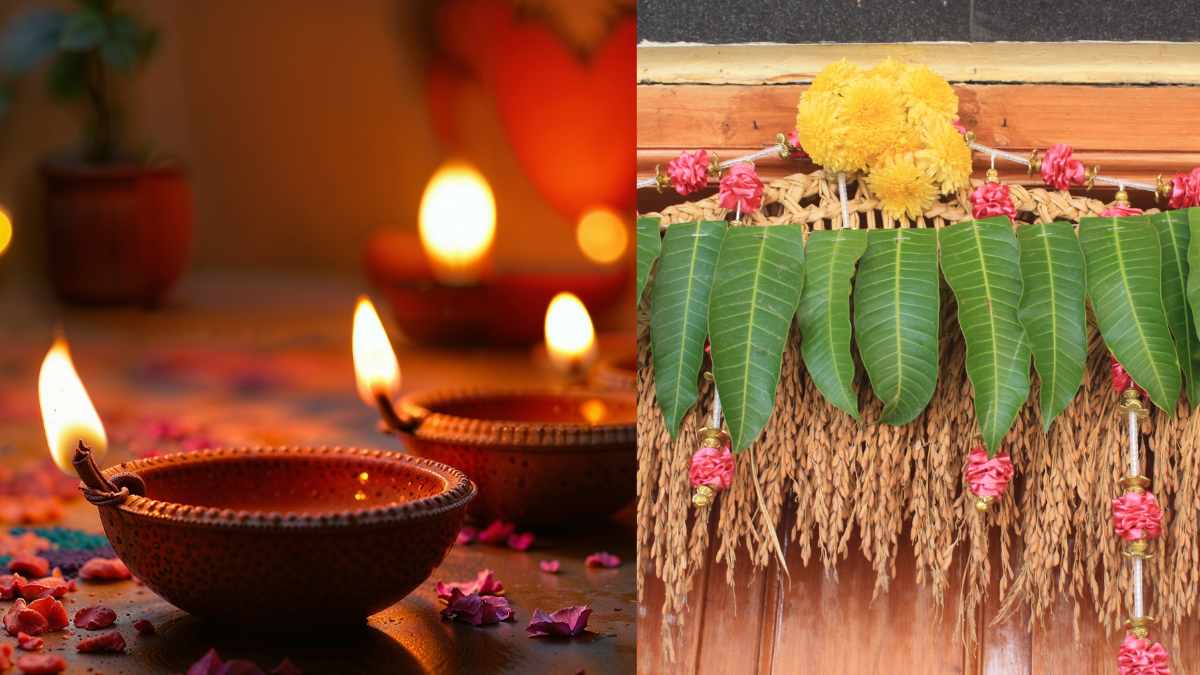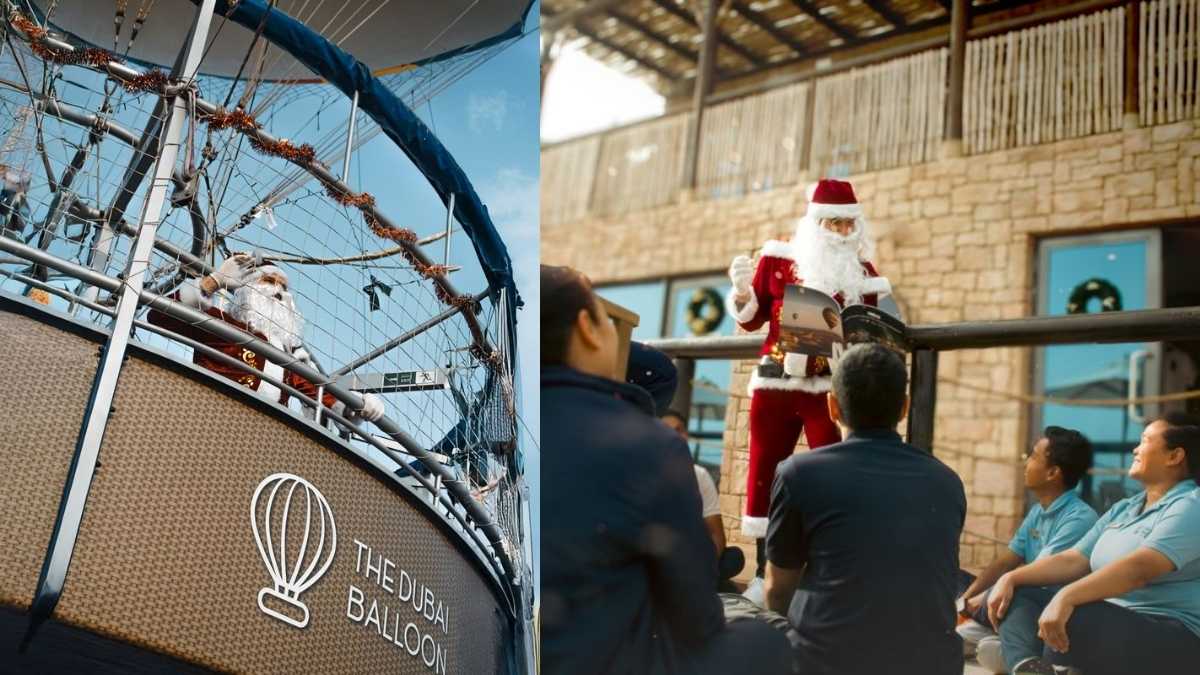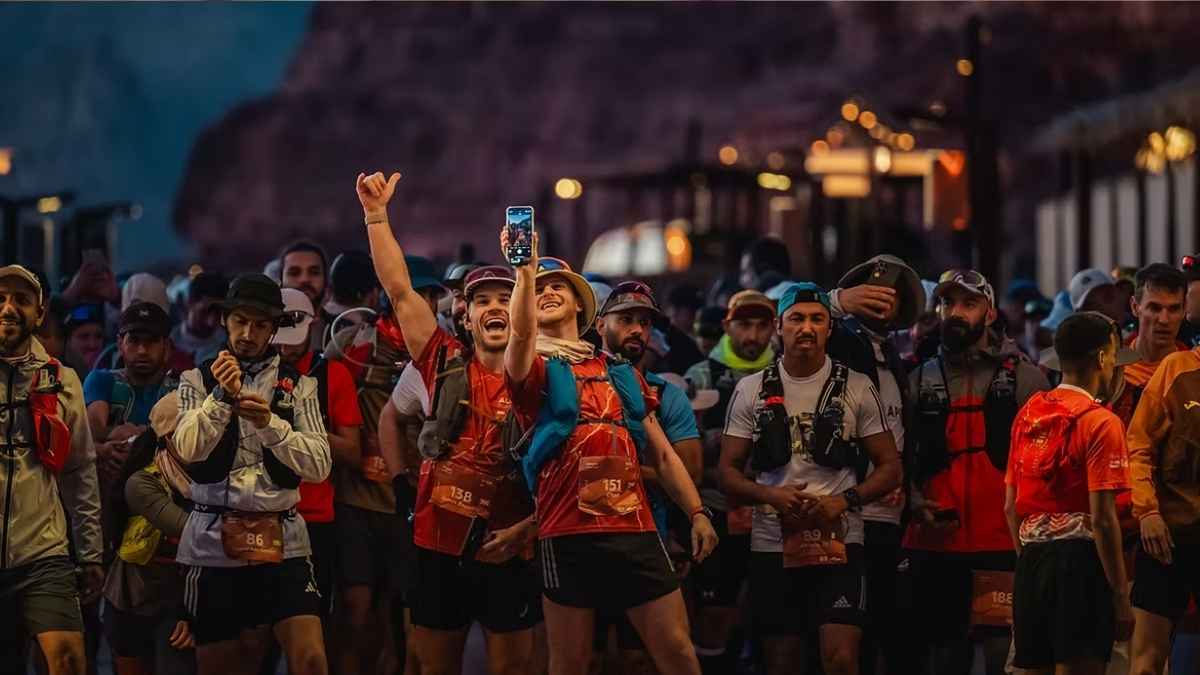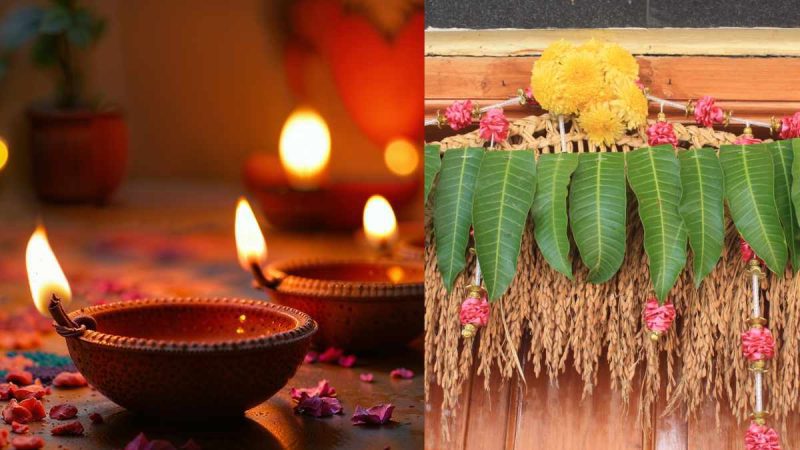Diwali is around the corner, and we are all excited to celebrate. But did you know that residents of Goa’s Dongri village have a unique way to mark the festival? Instead of lighting diyas, they follow a fascinating toran tradition that has been a part of their community for years.
Goa’s Dongri Village And Its 200-Year-Old Toran Tradition
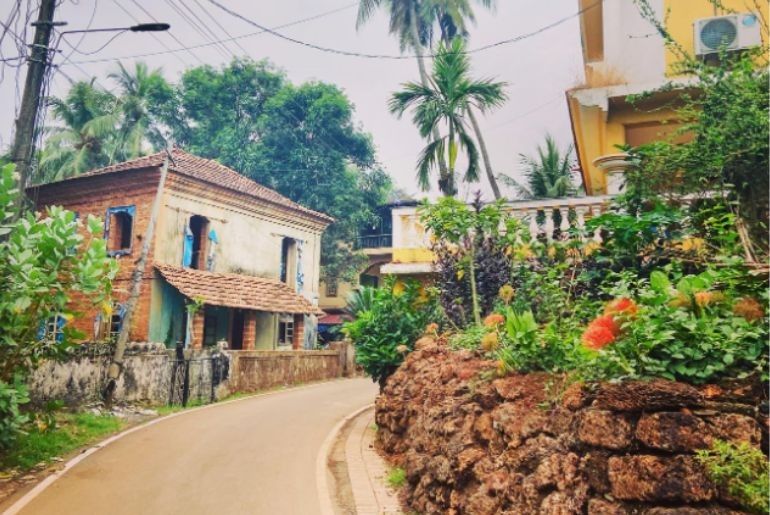
Indian festivals are not just colourful but also reveal some of the most unique traditions in the country, especially among smaller communities. We celebrate Diwali by lighting diyas and performing puja, while many in Goa burn effigies of the demon Narkasur. But in the quaint village of Dongri in Tiswadi Taluka, locals mark the festival differently. They erect a toran (arch) in the village.
Here’s what makes it special. The toran isn’t just decorated with flowers but also with everyday household items like mugs, fruits, plastic chairs, tumblers, vegetables, buckets, and more. Why, you ask? According to legends, these household items are considered offerings made to fulfil wishes. This celebration begins a day before Diwali and continues for two days after it. Mahendra Shirodkar, in his book Rishibhumi Dongri, mentions that this ritual is around 200 years old!
Keeping The Spirit Of Festival Alive
Ramrao Wagh, a faculty member in Goa, shared with Gomantak Times that this practice has been followed for many years. The toran is erected along the road at Vodlebhat in Dongri, where the procession of Shri Krishna and Narkasur passes. It is erected at three main places: Tarikode, Ram Temple, and Manxewaddo.
He further added that once the celebration ends, the items on the toran are auctioned off. Apart from household goods, villagers also tie envelopes with cash. This auction, called Pavni, is held on the day of Padvo. The money raised helps cover the expenses of the Narkasur festival.
But here’s the best part: the money collected through this auction is used for the welfare of the village. It often goes towards repair works or other community needs. That’s what makes this tradition so fascinating. It keeps the true meaning of Diwali alive while supporting the village.
Just like other customs, the toran tradition also has its own rules. If the toran is in place, no unholy things are allowed to pass under it. Even funeral processions take a different route, or the community dismantles the toran if that’s not possible. Apart from Diwali, villagers of Dongri also erect torans during Akshaya Tritiya and Kartik Saptah. But the Diwali one remains the oldest and most significant.
Also Read: SpiceJet Announces Special Diwali Direct Flights To Ayodhya From THESE 4 Cities Starting October 8
This tradition is truly one of a kind, and if you ask us, quite special too. The money goes towards the welfare of the village, something that truly celebrates the spirit of Diwali. Do you know of any unique Diwali traditions? Do share them with us!
Cover Image Courtesy: Canva Pro/Studio India and Kruthi R (Image used for representation)
For more such snackable content, interesting discoveries and the latest updates on food, travel and experiences in your city, download the Curly Tales App. Download HERE. First Published: October 11, 2025 10:10 AM
